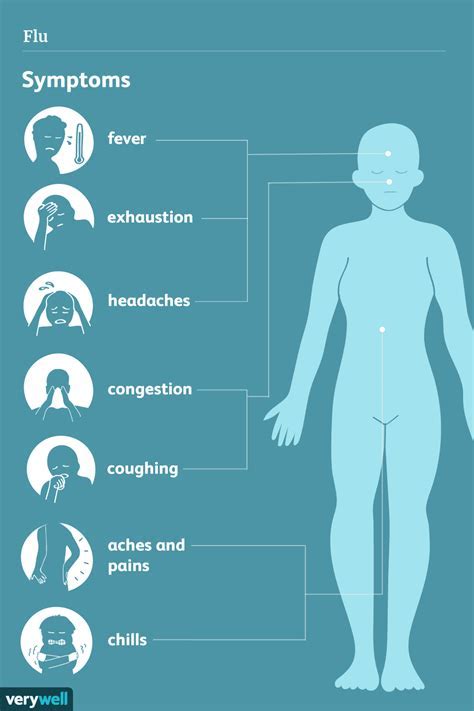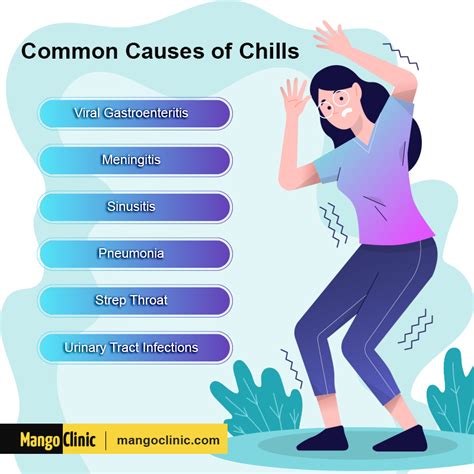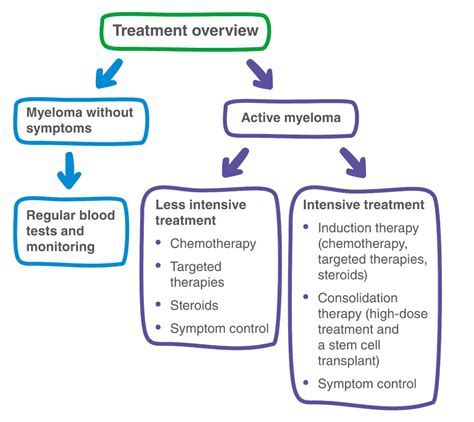Intro
Discover the causes of chills without fever, including infections, anxiety, and hypothyroidism, and learn how to manage and treat these conditions effectively.
Chills without fever can be a puzzling and unsettling experience, leaving individuals wondering about the underlying causes. It's essential to understand that chills are a common symptom that can occur with or without fever, and there are various reasons why someone might experience chills without an elevated body temperature. In this article, we'll delve into the possible causes of chills without fever, exploring the various factors that can contribute to this phenomenon.
Chills can be a response to a range of stimuli, from environmental factors to underlying medical conditions. When we experience chills, our body is trying to tell us something, and it's crucial to listen to these signals to identify the root cause. Whether it's a viral or bacterial infection, an allergic reaction, or a hormonal imbalance, understanding the causes of chills without fever can help individuals take proactive steps towards managing their symptoms and seeking appropriate medical attention when necessary.
The human body is a complex system, and chills can be a symptom of an underlying issue that requires attention. By examining the various causes of chills without fever, we can gain a deeper understanding of how our body responds to different stimuli and take steps to maintain optimal health. From lifestyle factors to medical conditions, we'll explore the diverse range of causes that can contribute to chills without fever, providing readers with a comprehensive understanding of this phenomenon.
Introduction to Chills Without Fever

Environmental Factors
Environmental factors can play a significant role in causing chills without fever. Exposure to cold temperatures, drafts, or air conditioning can cause blood vessels to constrict, leading to a feeling of chilliness. Additionally, changes in humidity or barometric pressure can also contribute to chills. In some cases, environmental toxins or pollutants can trigger an allergic reaction, leading to chills without fever.Causes of Chills Without Fever

Medical Conditions
Certain medical conditions can cause chills without fever, including: * Hypothyroidism, a condition where the thyroid gland doesn't produce enough hormones * Anemia, a condition characterized by low red blood cell count or hemoglobin levels * Diabetes, a condition where the body is unable to regulate blood sugar levels * Raynaud's disease, a condition that affects blood flow to extremities * Fibromyalgia, a condition characterized by widespread muscle pain and fatigueDiagnosis and Treatment

Treatment for chills without fever depends on the underlying cause. In some cases, over-the-counter medications, such as pain relievers or antihistamines, may be recommended to manage symptoms. In other cases, prescription medications or lifestyle changes may be necessary to address the underlying condition.
Lifestyle Changes
Lifestyle changes can play a significant role in managing chills without fever. Individuals can take proactive steps to reduce their risk of experiencing chills, such as: * Dressing warmly in cold weather * Avoiding drafts or air conditioning * Staying hydrated and eating a balanced diet * Managing stress and anxiety through relaxation techniques, such as meditation or deep breathing * Getting regular exercise to improve circulation and overall healthPrevention and Management

In addition to lifestyle changes, individuals can take steps to manage their symptoms, such as:
- Using a humidifier to add moisture to the air
- Avoiding triggers, such as certain foods or medications
- Practicing relaxation techniques, such as yoga or meditation
- Getting regular check-ups with a healthcare professional to monitor underlying medical conditions
Conclusion and Next Steps
In conclusion, chills without fever can be a puzzling and unsettling experience, but by understanding the possible causes and taking proactive steps, individuals can manage their symptoms and reduce their risk of experiencing this phenomenon. Whether it's a viral or bacterial infection, an allergic reaction, or a hormonal imbalance, recognizing the underlying cause of chills without fever is crucial for effective management and treatment.What are the most common causes of chills without fever?
+The most common causes of chills without fever include viral or bacterial infections, allergic reactions, hormonal imbalances, anxiety or stress, and poor circulation or anemia.
How can I diagnose the cause of my chills without fever?
+Diagnosing the cause of chills without fever requires a comprehensive evaluation of your medical history, lifestyle, and environmental factors. A healthcare professional may perform a physical examination, take a medical history, and order diagnostic tests to rule out underlying medical conditions.
What lifestyle changes can I make to manage my chills without fever?
+Lifestyle changes, such as dressing warmly, avoiding drafts or air conditioning, staying hydrated, and managing stress and anxiety, can help manage chills without fever. Additionally, getting regular exercise and practicing relaxation techniques, such as meditation or deep breathing, can also be beneficial.
We hope this article has provided you with a comprehensive understanding of the causes of chills without fever and the steps you can take to manage your symptoms. If you have any further questions or concerns, please don't hesitate to reach out to a healthcare professional. Share this article with your friends and family to help them understand the importance of addressing chills without fever. Together, we can work towards maintaining optimal health and well-being.
